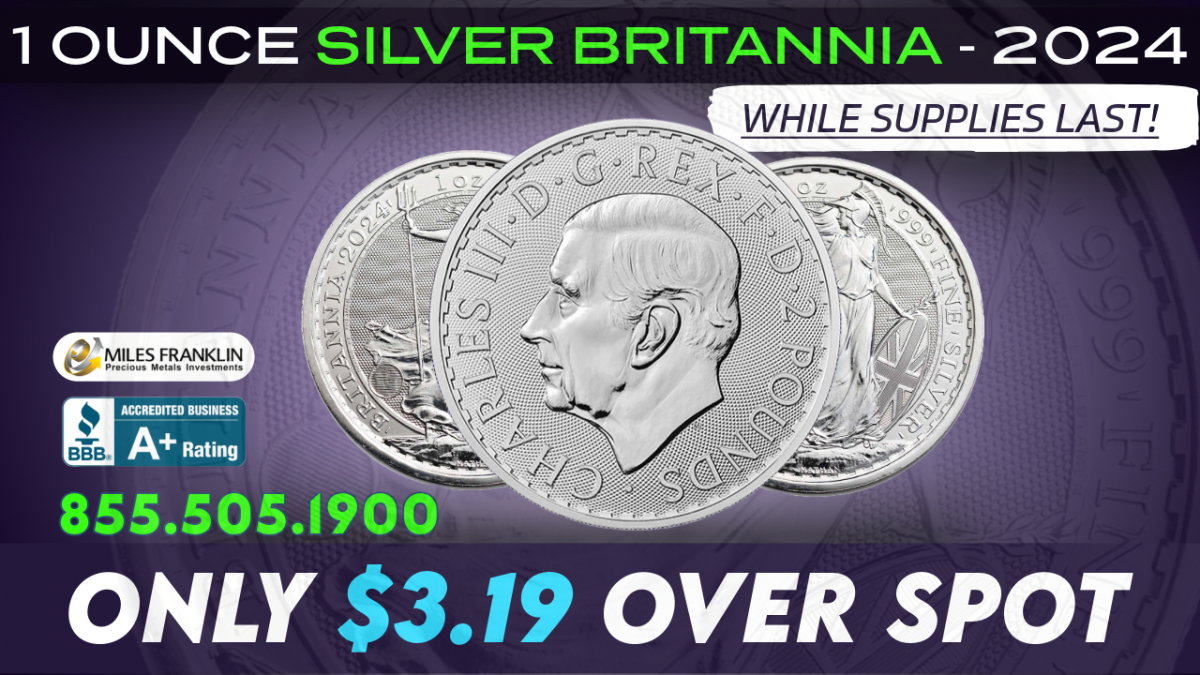By Luis Eduardo Azevedo
The current inflation of the United States is a concern to the whole world’s economy, and many believe that the scenario will only get worse. In order to contain the situation, the Fed is constantly raising interest rates. James Rickards, an economist and investment banker, believes that the interest rate could get as high as 5% in the near future. Also, the EUR/USD=x is currently at a five-year low and every time this ratio goes down, the interest rate goes up.
In opposition to a common belief that printing a lot of money equals high inflation, the government has been printing trillions of dollars in recent years even though the inflation never went further than 3%. The current inflationary type is the cost inflation. It occurs when prices rise due to increases in production costs such as wages and raw materials. In addition to this scenario, the employment rate went down to 59%.
One of the factors that have contributed to this crisis are the war sanctions against Russia. The biggest country in the world has negotiated more oil and natural gas at higher prices than before the Ukraine war, causing a slowdown in global production. Also, the BRICS is expecting Egypt, Saudi Arabia and Turkey to join their organization soon. They are working on an alternative reserve currency that would rival the IMF’s SD, the contingent Reserves Arrangement. Moreover, China is developing a new way to buy gold using the digital yuan, the Shanghai gold exchange.
Turkey also wants to ditch the dollar and start buying energy from Russia using other currencies. The same goes for India, which is now accepting rupees for payments and is activating a new shorter corridor to Russia, making it far easier to import and export.
All countries mentioned in the last two paragraphs, together with other 139 countries, are participating in the Belt and Road initiative. It is a strategy that seeks to connect Asia with Africa and Europe via land and maritime networks, looking forward to improving regional integration, increasing trade and stimulating economic growth.
If all this comes to fruition, 75% of the world’s population and 45% of the world’s GDP would be using another reserve currency, Saudi Arabia would open oil sales and all these countries would decrease their use of American dollars. With all these dollars coming back to the United States’ economy, hyperinflation would be a sure thing.
All these issues have contributed to the current recession and confirm that the world is creeping towards de-dollarisation.
As we have seen during other periods of high inflation in history, like the 1970s when it averaged 7% a year, assets with value, virtue, safety, and scarcity such as gold outperformed the stock market by a lot. The reason this metal is an excellent asset to protect your money from depreciation is because it has a positive correlation with inflation rates. In other words, the price of gold increases with inflation.
For example, from 1970 to 1974 inflation went as high as 12% a year. During that span of time, The Dow Industrial Average depreciated about 40% while gold went from $35/ounce to $180/ounce. As you can see gold is so valued that it joined the U.S. as the only tier #1 assets in the world.
Given all these facts, it is safe to say that the American dollar and the United States are losing their dominance over the world’s economy and gold is one of the best assets to protect your money from this scenario.
Text citations
● Kenton, W. (2022, March 27). Cost-push inflation. Investopedia. Retrieved July 27, 2022, from
● Rickards, J. (2022, June 2). James Rickards. Wikipedia. Retrieved July 27, 2022, from
https://en.m.wikipedia.org/wiki/James_Rickards#:~:text=James%20G.,He%20lives%20in%20New%20Hampshire.
● Cox, J. (2022, July 26). The numbers show the U.S. economy is at least teetering on a recession. CNBC. Retrieved July 27, 2022, from
● Gallant, C. (2022, July 8). How central banks can increase or decrease money supply. Investopedia. Retrieved July 28, 2022, from
https://www.investopedia.com/ask/answers/07/central-banks.asp
● EBRD, E. B. for R. and D. (n.d.). Belt and road initiative (BRI). European Bank for Reconstruction and Development (EBRD). Retrieved July 29, 2022, from
https://www.ebrd.com/what-we-do/belt-and-road/overview.html
● Kramer, L. (2022, June 28). The great inflation of the 1970s. Investopedia. Retrieved July 29, 2022, from
● WANG, C. N. E. D. O. P. I. L. (n.d.). Countries of the belt and road initiative (BRI). Green Finance & Development Center. Retrieved July 29, 2022, from
● Wikipedia. (2021, September 10). 1973–1974 stock market crash. Wikipedia. Retrieved July 29, 2022, from
https://en.m.wikipedia.org/wiki/1973%E2%80%931974_stock_market_crash






